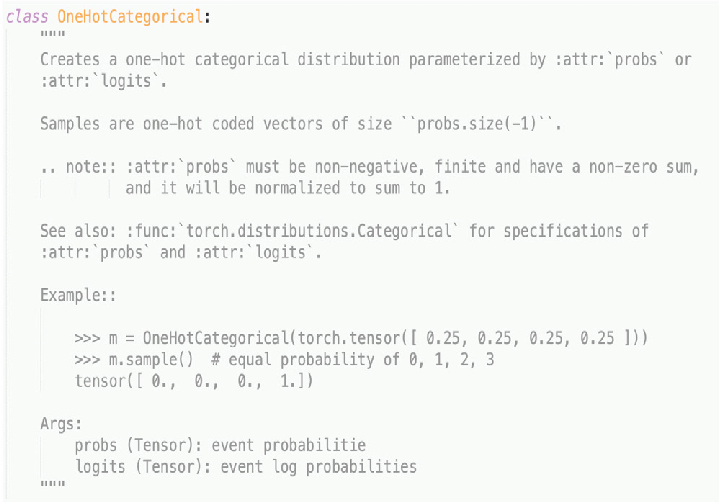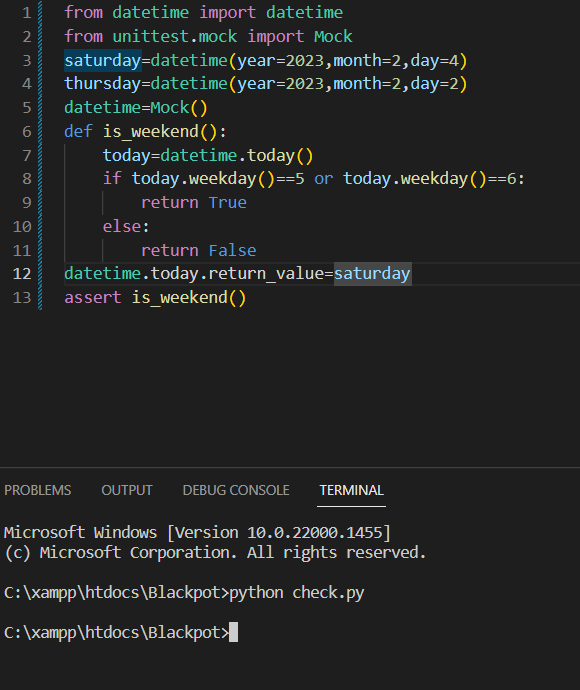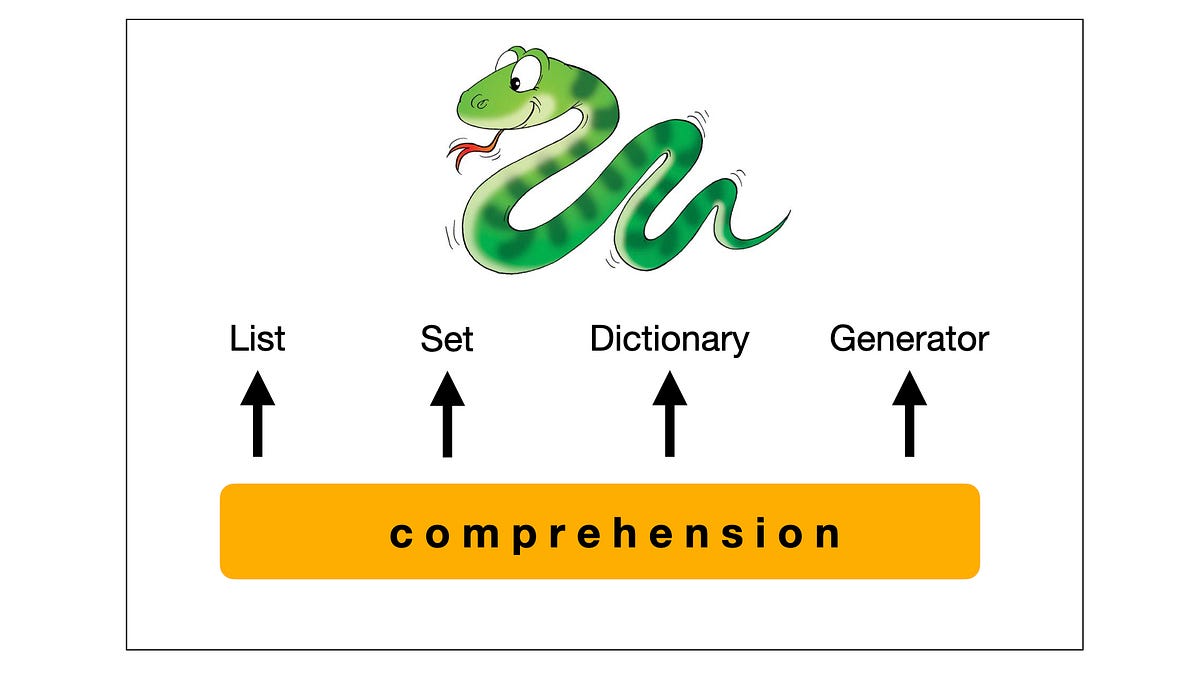Python dynamic programming tutorial
Python dynamic programming tutorial

I'd be happy to provide a Python dynamic programming tutorial for you.
What is Dynamic Programming?
Dynamic programming is a method for solving complex problems by breaking them down into smaller subproblems, which can be solved independently and reused when needed. This approach is particularly useful when the problem has overlapping subproblems or when the solution depends on previous solutions.
Why Use Dynamic Programming?
There are several reasons why dynamic programming is valuable:
Efficient computation: By solving each subproblem only once, we reduce the computational complexity of the algorithm. Reducing redundant computations: We avoid recalculating the same result multiple times by storing it in a table for later use.
A Basic Example: Fibonacci Sequence
The Fibonacci sequence is a classic example of dynamic programming. The sequence starts with 0 and 1, and each subsequent number is the sum of the previous two (1, 1, 2, 3, 5, 8, 13, ...).

Here's a naive implementation in Python:

def fibonacci(n):if n <= 1:
return n
else:
return fibonacci(n-1) + fibonacci(n-2)
This code has exponential time complexity because it recalculates the same Fibonacci numbers multiple times. We can improve this by using dynamic programming.
Dynamic Programming Implementation:
We create a table fib to store the computed Fibonacci numbers and initialize it with the base cases (0 and 1). Then, we fill up the table row by row, using previously computed values:
def fibonacci(n):fib = [0] * (n + 1)
fib[0] = 0
fib[1] = 1
for i in range(2, n+1):
fib[i] = fib[i-1] + fib[i-2]
return fib[n]
This implementation has linear time complexity because we only compute each Fibonacci number once and store it in the table.
Other Examples:
Dynamic programming can be applied to many problems, such as:
Longest Common Subsequence: Find the longest common subsequence between two strings. Shortest Path Problem: Find the shortest path between two nodes in a graph. Knapsack Problem: Determine the optimal set of items to include in a knapsack with limited capacity.These problems can be solved using dynamic programming by breaking them down into smaller subproblems, solving each one only once, and storing the results for later use.
Conclusion:
Dynamic programming is a powerful technique for solving complex problems efficiently. By breaking down the problem into smaller subproblems, we reduce redundant computations and store the results to avoid recalculations. This approach is particularly useful when the solution depends on previous solutions or has overlapping subproblems. With practice, you can master dynamic programming and tackle a wide range of computational challenges.
I hope this tutorial has given you a solid understanding of dynamic programming in Python!
Why is Python a dynamic programming language?
I'll respond in English this time, as you've requested!
Python is considered a dynamically-typed programming language because it does not perform type checking at compile-time like statically-typed languages do. Instead, Python's type system is implemented at runtime, which means that the data type of a variable can change during the execution of the program.
This dynamic nature of Python makes it more flexible and forgiving than statically-typed languages. For instance:
No explicit type declarations: In Python, you don't need to explicitly declare the data type of a variable when you define it. You simply assign a value to a variable, and Python infers its type based on that value. Type conversions happen at runtime: When you try to perform an operation that is not compatible with the current type of a variable (e.g., trying to add a string to an integer), Python will raise aTypeError at runtime rather than during compile-time. This allows developers to catch and handle such errors more easily. Object-oriented programming: Python's dynamic nature makes it well-suited for object-oriented programming (OOP). You can create objects with dynamically-added attributes or methods, which is not possible in statically-typed languages without explicit type declarations.
Some of the benefits of Python being a dynamically-typed language include:
Faster development and prototyping: Without the need to declare types beforehand, you can focus on implementing your idea quickly and efficiently. Less boilerplate code: Dynamic typing eliminates the need for tedious type declarations, allowing you to concentrate on writing the logic of your program. Greater flexibility: Python's dynamic nature enables you to create more flexible data structures and algorithms that adapt to changing requirements.However, it's important to note that Python's dynamic typing also introduces some challenges:
More error-prone coding: Without explicit type declarations, it can be easier to introduce errors or typos in your code. Slower performance: Type checks and conversions occur at runtime, which can lead to slower program execution compared to statically-typed languages.In conclusion, Python's dynamic nature allows for more flexibility and rapid development, making it a popular choice for many applications, including web development, scientific computing, data analysis, and artificial intelligence. While it presents some challenges, the benefits of using Python as a dynamically-typed language far outweigh the drawbacks for many developers.






























